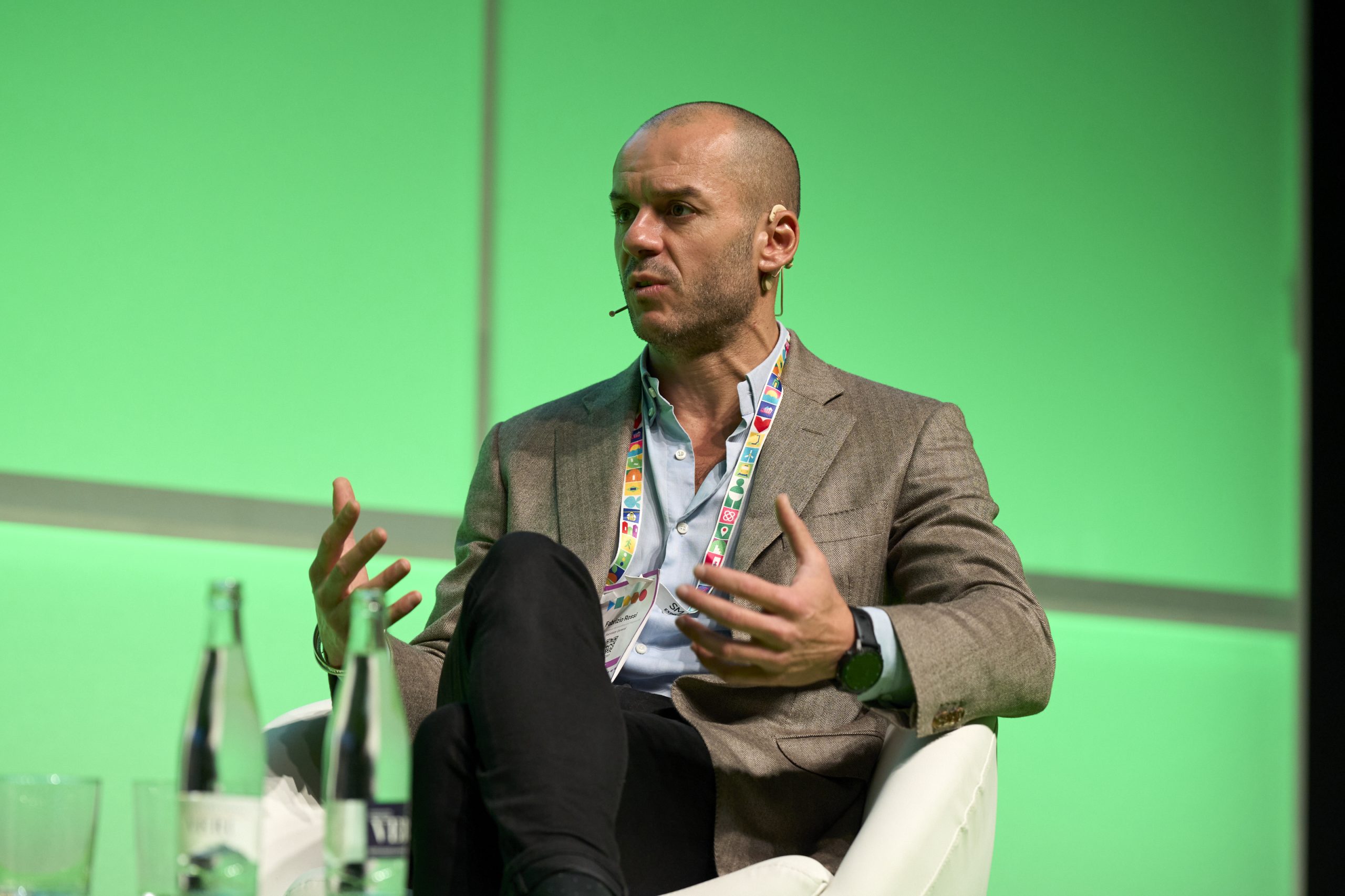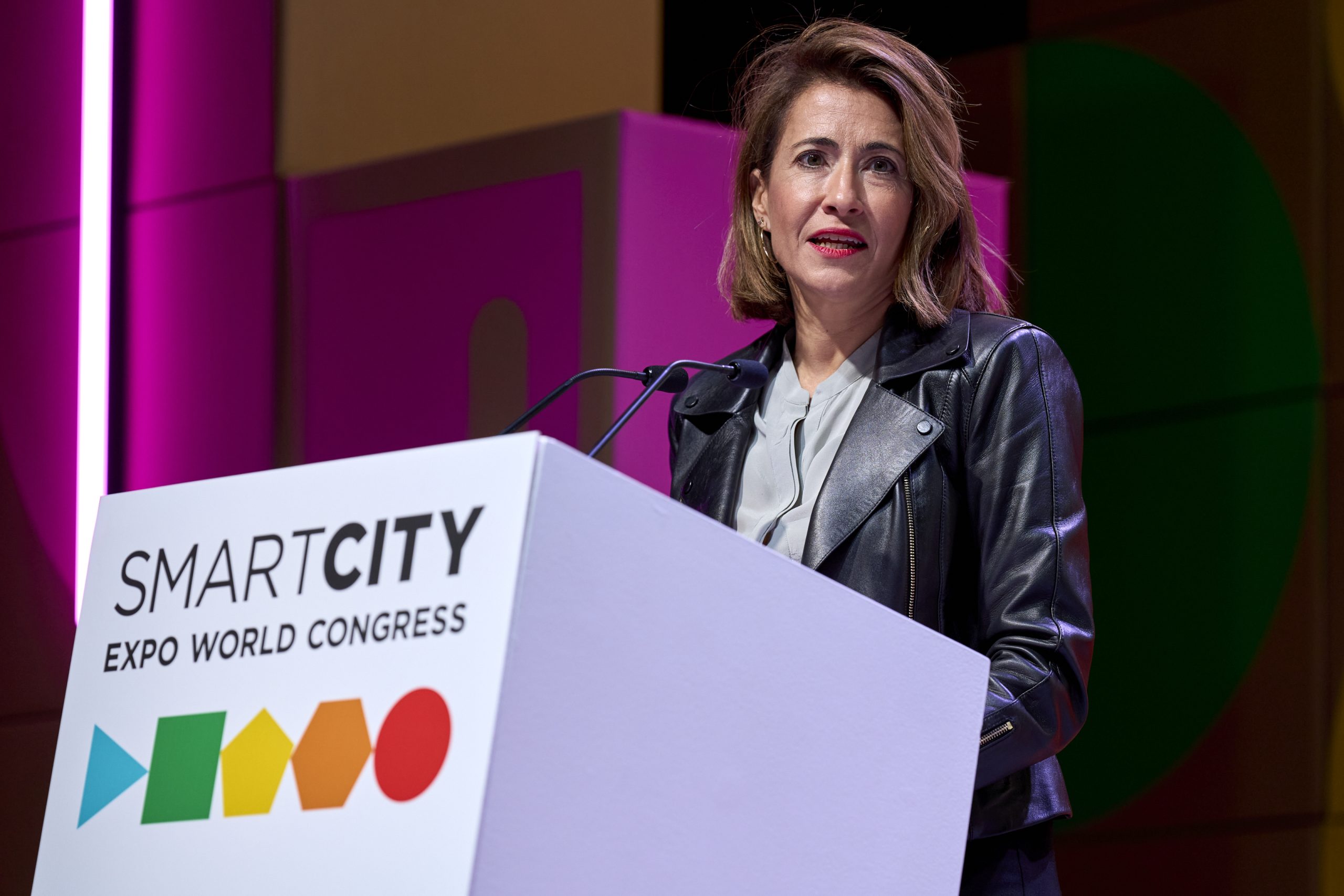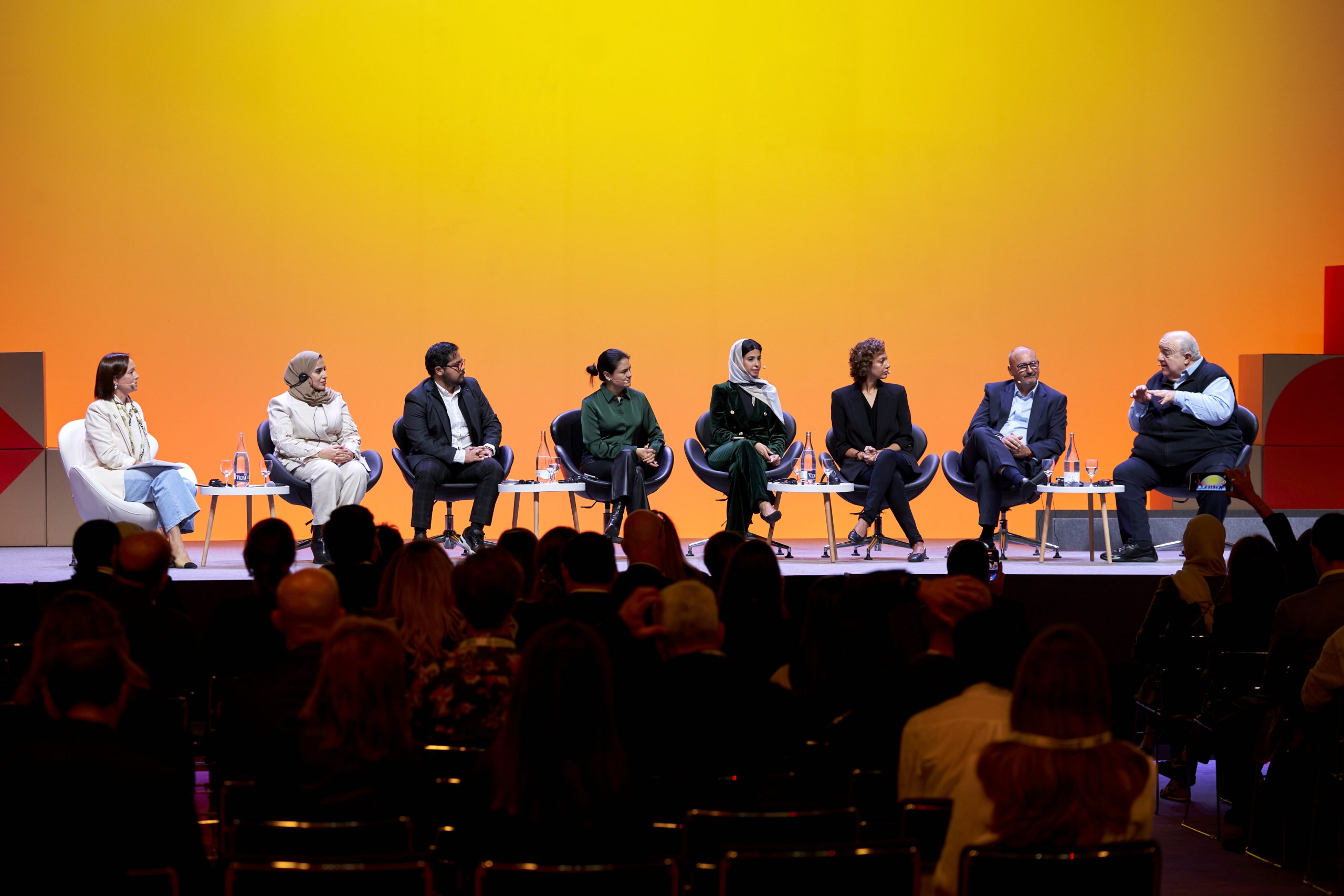Author | Lucía Burbano
Although it is invisible to the human eye, artificial intelligence is everywhere, particularly in cities. And we are all helping, consciously or not, to improve its learning, since we generate data when we walk, when we use public transport or when we access public facilities and other public spaces.
The potential of AI applied to urbanism is vast and it promises to be a key player in making our cities more livable. Is AI the natural evolution of smart cities?
How AI is improving urbanism in smart cities
In terms of urbanism, Artificial Intelligence (AI) can provide numerous solutions in various areas including urban management and decision making based on data or the provision of services for people.
The latest generation of AI-based planning tools can use large datasets and neural models to represent buildings and urban landscapes that go from the purely fantastic (InfiniCity) to real applications like Midjourney, used by international architecture firms like Zaha Hadid to visualize concepts in the early stages of design and which save time and resources.
Institutions such as the European Union or United Nations describe cities as “test benches for AI and automation” and they recognize the role of this technology as a catalyst of social, environmental and economic transformations in cities, provided it is used under the perspective of good governance.
AI integration in urbanism

AI urbanism in smart cities can be seen in many areas, many of which are critical for municipal management and sustainable urban development.
Optimizing road traffic
The AI4Cities project tested an auxiliary optimizing system for traffic light management, which simply reduces unnecessary stopping and waiting at red lights. The pilot projects launched in Paris or Helsinki have proved that this system reduces traffic-related emissions by 2%.
More parks, less CO2
Tbilisi joined Green City Watch to determine, through the use of very high resolution (VHR) satellite imagery and automatic learning (geospatial AI), the location, size and condition of trees in cities. The conclusions of this analysis have been used to create four new parks, which have reduced their CO2 by 413 tons.
Energy island demand management
A microgrid or energy island is a self-sufficient energy system that serves a specific geographic area. To adjust demand, algorithms allow price indicators, historical data, weather forecasts and operating times to be combined in order to forecast variations in supply and consumption more efficiently.
Risks of using AI urbanism
AI and Cities, a UN-Habitat report, divides the risks associated with the use of AI in cities based on their phase of implementation:
During the initial definition and conceptualization phases, transparency is key. Cities must inform citizens of why and how AI can optimize the solution to a public problem, how it is going to be applied, what the expected results are and the measures that will be used to achieve them.
During the design phase, the risks related to technological manipulation must be avoided; i.e., intentionally seeking to change citizens’ behavior for commercial or ideological purposes, or those of another nature.
During the implementation phase, a clear risk is that related to preserving people’s privacy, which may be violated when personal data are collected without consent.
Cities that use AI to improve their urban planning

Mercè is the name of an algorithm developed in Barcelona, which involves citizens in training the algorithm. The aim is to help AI identify patterns that make the city more livable through the selection of comparative images that show, for example, trees, wide sidewalks or urban furniture. An example of how AI and citizen science can work together to optimize urban design.
San Jose, in California, USA, collected pedestrian traffic data over a period of one year (September 2002-August 2023), measuring the number of people that enter and leave a particular place during a specific period of time. The aim was to analyze how residents use parks, public spaces and recreational areas in order to improve their services and maintenance.
The National Autonomous University of Mexico joined Project Sidewalk in a public-private collaboration to map and assess the accessibility of sidewalks in Mexico City. All the city’s streets were mapped and labeled to improve urban planning, create mapping tools that take into account accessibility and train automatic learning algorithms to automatically detect problems.
Is AI the urban planner of the future?
The Spatial planning of urban communities via deep reinforcement learning study is very clear when answering this question: AI is capable of designing better cities than humans.
Yu Zheng, a scientist specializing in automation at the Tsinghua University in China, and his colleagues, wanted to find new solutions to improve cities with designs based on the 15-minute city
To do so, they developed an AI that could perform the most tedious urban planning tasks. They found that their designs exceeded those performed by humans by 50% in three specific parameters: access to services, green areas and traffic levels.
In The rise of AI urbanism in post-smart cities: A critical commentary on urban artificial intelligence, the authors make an interesting comparison between smart urbanism with AI-developed urbanism.
They maintain that the former, through the Internet of Things, is quantitative (the number of people on a bus or the amount of energy used in a neighborhood) and its results are numerical. The latter, on the other hand, is capable of giving an account of how and why there are certain patterns in cities.
Photographs | Unsplash/Growtika, Unsplash/charlesdeluvio, Unsplash/ Dennis Kummer






















































